Already in 2017, microplastics in our oceans outnumbered the stars in our galaxy. State of Global Climate report confirms that 2023 was the hottest year on record. Britain’s nightingale population has declined by around 48% in only 25 years. The US declared 21 species extinct in 2023. In 2022, a world record temperature jump occurred in the coldest place on Earth (a rise of 38.5C above the seasonal average in the Antarctic).
While this news sounds horrifying, the good news is that we are a part of a solution. It’s easy to argue that it’s the big industry that causes the problem, but it’s also easy to pick up the trash from your nearby beach or wood, to skip that impulsive fast-fashion buy, to walk, bike, or use public transport instead of driving a car each day, to change our diet – even slightly – towards more sustainable options, to use long-lasting products if we’re lucky enough to be able to afford them. And while all those steps sound minor considering the global problem, they are steps to a healthier, more sustainable local environment. It’s also a way to spread awareness and knowledge to your immediate surroundings – we firmly believe that one person can be a catalyst of change.
Here are our tips for the small steps you can take towards a more sustainable future:
Contents
1.Skip the plastic bag.
In 2021, each person living in the EU consumed an average of 77 lightweight plastic bags. Given the fact that there are 448.4 million inhabitants in the EU, the number of lightweight plastic bags consumed in 2021 comes up to a staggering 34.5 billion! I remember nudging my father almost ten years ago to refuse plastic bags in supermarkets and farmers’ markets and bring his own instead. He wavered at the time, but fast forward to today, he switched to a tote bag almost completely, and I take a little pride in knowing that thanks to a small effort on my side, another person contributed to less pollution, that is, around 385 plastic bags in five years. Not bad, considering the fact that it takes 1,000 years for a plastic bag to degrade, and that a floating plastic bag can look a lot like jellyfish or algae, which is why 52% of the world’s turtles have eaten plastic waste.

2.Walk, Bike, or Take Public Transport to Work.
This might not be the option for everyone, but if it is an option for you, give it a try. According to WHO, walking for 30 minutes or cycling for 20 minutes on most days reduces the mortality risk by at least 10%. Studies have also shown that active commuting improves psychological well-being: People who walk, cycle, or even take public transport to work are able to concentrate better and suffer from less strain. Not only is active commuting a solution for a sedentary lifestyle and well-being, but it is also a shift towards greener cities, with reduced emissions of air pollutants, greenhouse gases, and noise.

3. Renounce That Fast-Fashion Buy.
According to the UN Environment Program (UNEP), the fashion industry is the second-biggest consumer of water and is responsible for 2-8 percent of global carbon emissions. With cheap production and the pressure on buyers to consume more clothes, 100 billion garments are produced annually, with 87% ending up in landfills. Clothes that contain polyester and acrylic fibers release microplastics into our wastewater (and eventually, the ocean) each time we wash them in the washing machine: scientists consider textiles the world’s largest source of marine microplastic pollution, amounting up to 35% of the microplastic pollution in the oceans.
There are alternatives to polyester and fast-fashion clothes: many small brands produce clothes sustainably, with fair working conditions, natural yarn, and dyes (materials that are non-toxic for the user and the environment), and production processes that respect the environment. Some brands we at MYSA tried and loved are Not Perfect Linen, Oeko-tex-certified linen clothes from Lithuania, and babaà knitwear, organic cotton, and wool jumpers made of local Spanish yarn. Both brands produce beautifully crafted clothes – they come with a price, and more thought given to your overall wardrobe, but in the long run, they last for years and are safe to use for both you and the environment.

4. Switch to a Healthier Diet.
The food system is a major driver of climate change and the pollution of the water and the land. What we eat not only impacts our health but also the environment. A study has shown that a diet rich in fruit, vegetables, beans, and whole grains is best for avoiding disease and protecting the climate and water resources. Another study has shown that huge reductions in eating meat are needed to avoid climate change, estimating that meat consumption needs to fall by 90% in Western countries. And how can meat be replaced in our diets? Beans and pulses. We recommend checking out Yotam Ottolenghi‘s ingenious recipes or Joshua McFadden‘s fantastic book dedicated to grains for inspiration.

5. Use Long-Lasting Electronic Devices.
Have you ever heard of planned obsolescence? Even if you haven’t, chances are that you had a smartphone that lasted for two years and then had to end up in a landfill because it was unrepairable and made to last for a couple of years anyway. According to the UN’s Global E-waste Monitor 2024, a record 62 million tonnes of e-waste was produced in 2022, up 82% from 2010 and predicted to rise another 32%, to 82 million tonnes by 2030. E-waste represents a health and environmental hazard, containing not only plastic but also toxic additives or hazardous substances.
Building long-lasting, high-quality products, swapping hazardous and toxic components for greener and eco-friendly options as well as reviving the repair culture could turn things around. Some tech companies are paving the way towards more sustainable production, though. FOREO, a Swedish beauty-tech giant, produces high-quality devices that are made to last as long as possible, with the users reporting still using the first facial cleansing devices they bought ten years ago.

6. Pick up the Trash on Your Daily Walk (or Run).
Have you noticed a pile of plastic brought in by the tide to your local beach? Or a can, a plastic bottle, or a plastic bag in the shrubs by the path of your daily run? Why not take a bin bag to pick up the litter during your next walk or run? You might call it a drop in the ocean or argue that this will not address the cause of the issue, but we argue that each small action counts, and if a hundred people from your neighborhood did the same thing, the scenario could be the following: the local nature could be cleaned up, other residents would notice their neighbors picking up the litter, they might join, too, or simply not throw away that plastic bottle the next time they’re finished with their drink. I still remember a teenage Italian girl picking up all the cigarette butts from a beach in Croatia I was vacationing at. And it made all the difference.

7. Take Microadventures.
If you take a long-haul flight, it will generate more carbon dioxide emissions than the average person living in some countries does in a year. Even short-haul flights carry a huge carbon footprint. We do not intend to steer you away from traveling completely, but how about taking some time off to – instead of flying to another edge of the world – discover your local mountains, woods, rivers, or ocean shores? Why are we so inclined to skip our surroundings when they can also offer cool, unexpected adventures? Al Humphreys was the first to name microadventures, a concept that makes all the sense, especially in the context of the global climate crisis. Humphreys has been an adventurer for most of his adult life, but when family life and consciousness of the carbon footprint our travels leave tied him to his home, he decided to explore every inch of it. Now, he encourages us to do the same: take weekend bike rides, go to overnight camps, and swim close to home. We’re in.

Happy Earth Day from all of us at MYSA!


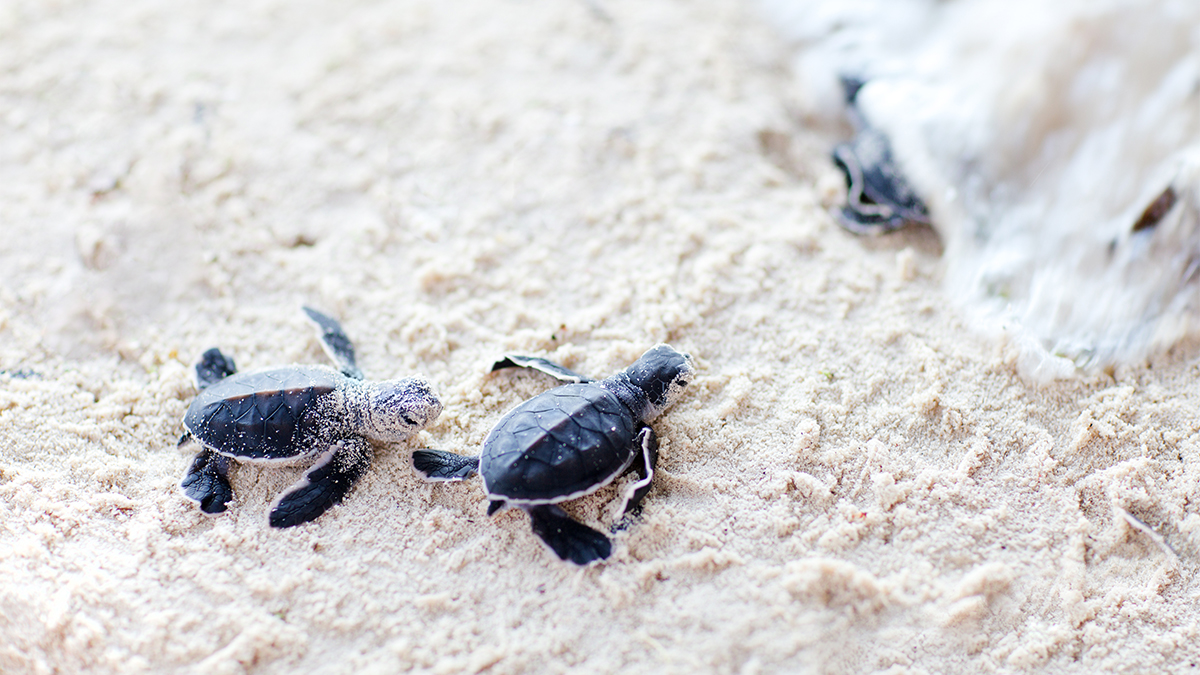

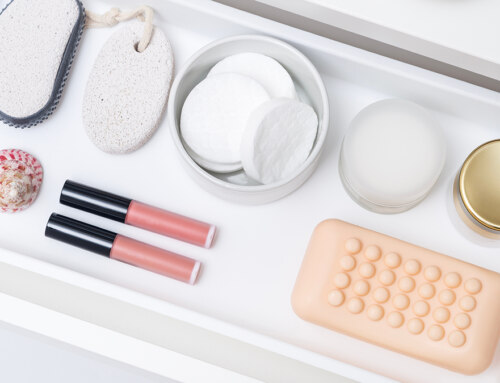






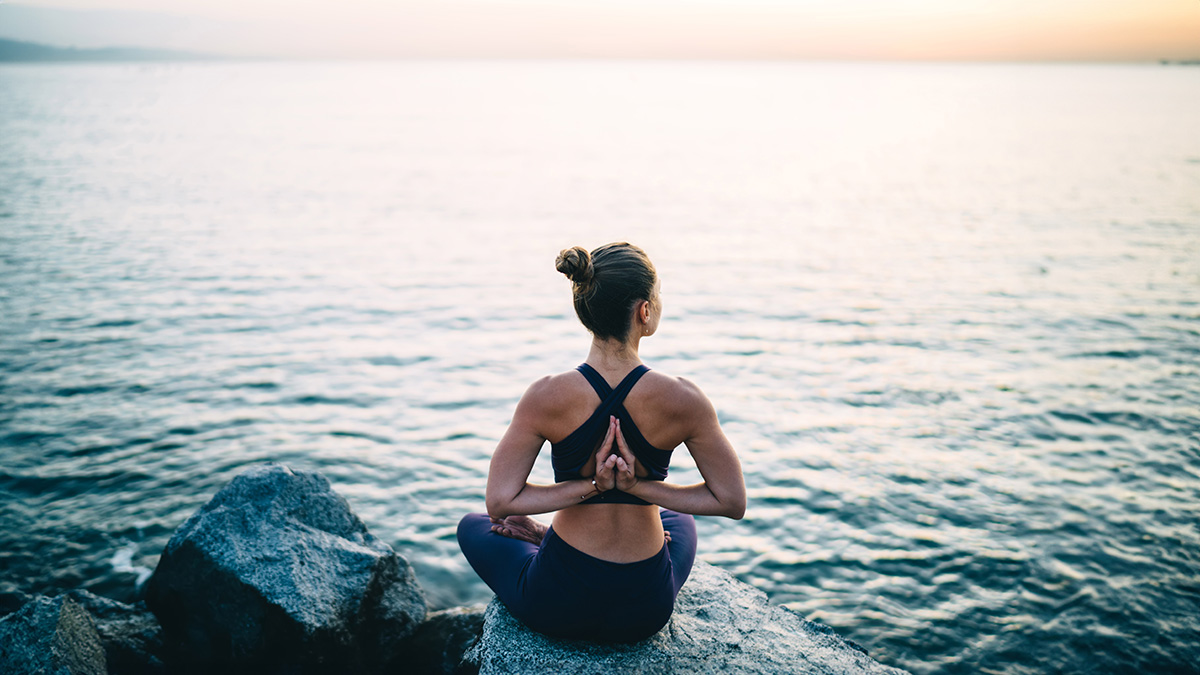


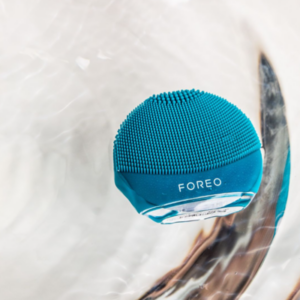

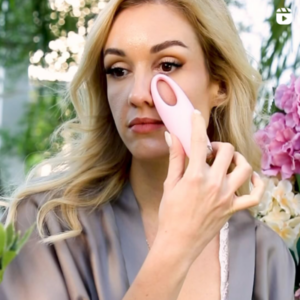
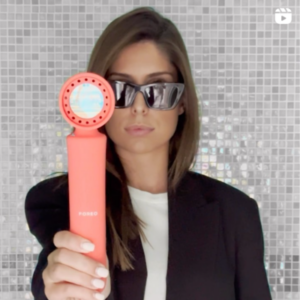
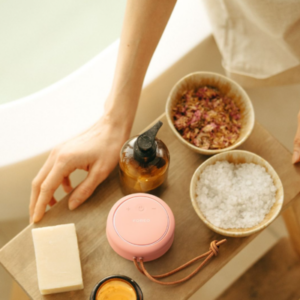


Leave A Comment